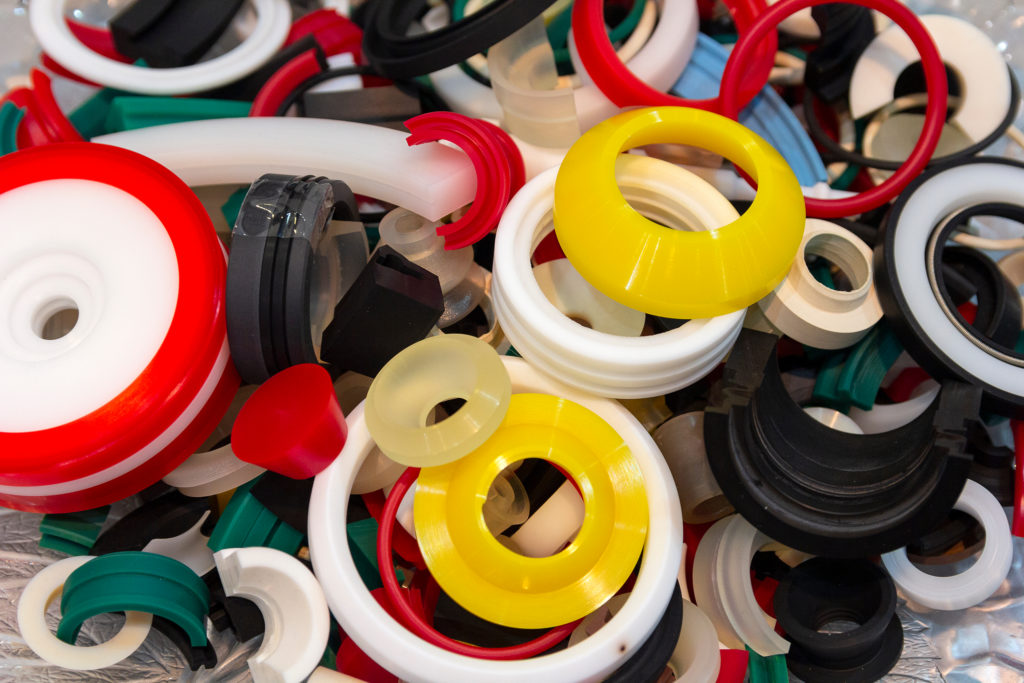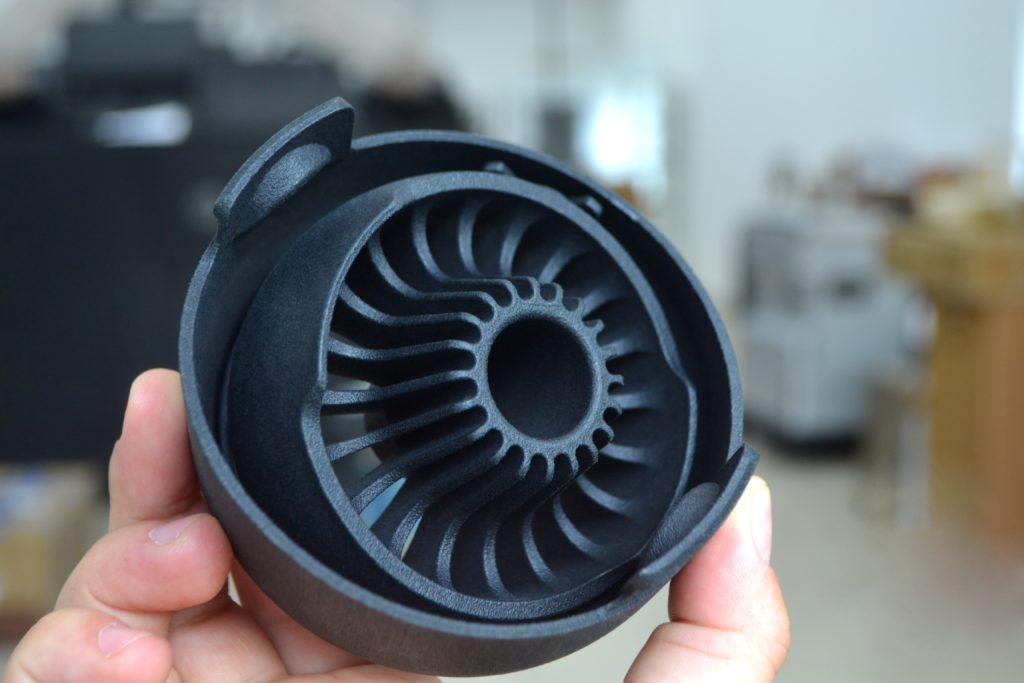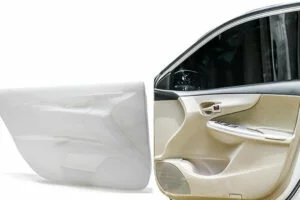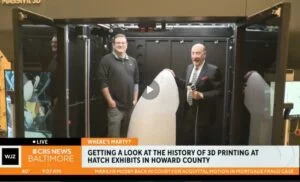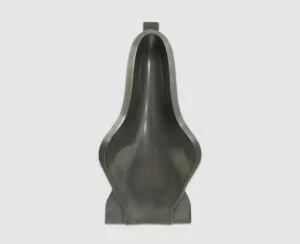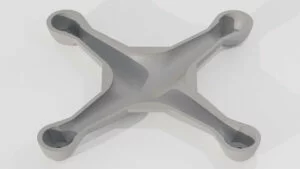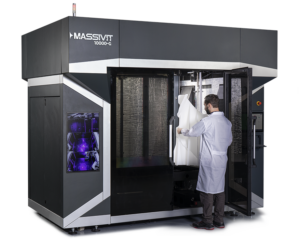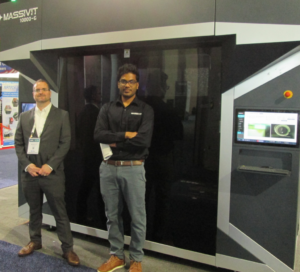TPU filament is one of the most widely used flexible filaments on the market, with rubber-like material qualities that make it suitable for a wide range of applications, including 3D printing.
(Word to the wise: this article is about TPU filament, not about TPU powder)
What is TPU Material?
TPU, or thermoplastic polyurethane, is a thermoplastic elastomer (TPE). Okay, so “what’s a thermoplastic elastomer?” you may be asking. Well, the chemical composition gets a bit technical, but essentially it’s a rubber-plastic hybrid. The American Chemistry Council even describes TPU as the “bridge between rubber and plastics.”
Rubber and plastic are both incredibly useful materials individually, and the combination of the elasticity of rubber with the strength of plastic makes TPU a sort of super material. Manufacturers can determine the ratio of rubber to plastic, changing the relative strength and flexibility according to the need.
Point of clarity: TPU is actually a subcategory of TPE, so it may get confusing if you see or hear people discussing TPU vs TPE, but typically when people refer to using TPE (especially in the context of additive manufacturing) the implication is that they are referring to non-TPU TPEs.
What is it used for?
Since TPU is a robust, flexible polymer that is resistant to abrasion, oils, greases and lubricants, chemicals, low temperatures, warping and wearing, it is incredibly popular among product designers. TPU material may be found in footwear and raincoats (especially cold-weather gear and snowsports equipment), as well as protective casings and soft-grip handles for smartphones and other devices like power tools and toothbrushes.
TPU’s blend of properties makes it a good choice for industrial products such as gaskets, seals, and tubing (softer TPU), as well as things such as caster wheels (harder TPU). These applications make it particularly popular as a material for both the medical and automotive industries; it’s strong and durable enough to withstand heavy use, and its wide range of possible colors makes it suitable for things that need to be color-coded or personalized.
Beyond these applications, TPU material is available in various forms to serve different manufacturing processes. It can be used with multiple 3D printing technologies, including fused filament fabrication (FFF), fused deposition modeling (FDM), and selective laser sintering (SLS). The major difference here is that SLS requires TPU powder, whereas FDM and FFF both use TPU filament.
(Fun fact: FFF and FDM are essentially the same thing, but who doesn’t want more acronyms?)
The best TPU filaments are stronger than other basic 3D printing materials (like PLA and ABS) but are still unsuitable for many industrial applications that require greater accuracy and rigidity. That being said, it’s one of the most popular filaments for hobbyists and does have some specific industrial applications.
Pros and cons of TPU for 3D printing
Here’s are some of the major advantages of TPU, according to the American Chemistry Council:
- High elasticity
- High resilience
- Low-temperature performance
- Good compression set
- Flexibility without plasticizers
- Abrasion resistance
- Impact resistance (toughness)
- Tear resistance
- Weather resistance
Despite this impressive list of properties, there are still drawbacks when it comes to using TPU for 3D printing:
- Print accuracy/quality
- Not rigid enough for some industrial applications
- Absorbs surrounding moisture (hygroscopic)
- Difficult to post-process (due to its abrasion resistance and chemical resistance)
- Must be printed at low speed
- Blobs and stringing while printing
- TPU filament settings must be carefully controlled
Bottom line? If you’re working on a 3D printing project that requires the flexibility of rubber and the durability of plastic, TPU filament is a fantastic choice.
On the other hand, TPU’s flexibility makes it more difficult to print accurately in terms of dimensional precision, and printed products might have visible layer lines on the surface.
As a result, TPU filament is more commonly utilized for prototypes or non-cosmetic pieces than for end-use parts.
Alternatives to TPU Filament for 3D printing
So if TPU isn’t suitable for all 3D printing applications, what is?
We already mentioned PLA and ABS, neither of which are good alternatives for the more demanding additive manufacturing needs, so we can move past those.
The truth is that there is no single solution that will be the best for absolutely every 3D printing project. Each project has different requirements and those requirements will determine what material you should use.
For that reason, Massivit 3D offers a variety of materials that can be used for specific applications, each with its own desirable properties, including flame retardancy, translucency, high definition, and more.
But the choice of material is only one-half of the equation when it comes to additive manufacturing. You also need to consider the technique itself. While TPU filament is popular for FDM/FFF printing, and TPU powder is the go-to for SLS, there are other, newer, more innovative technologies that may be better for specific applications.
Next-Generation Materials
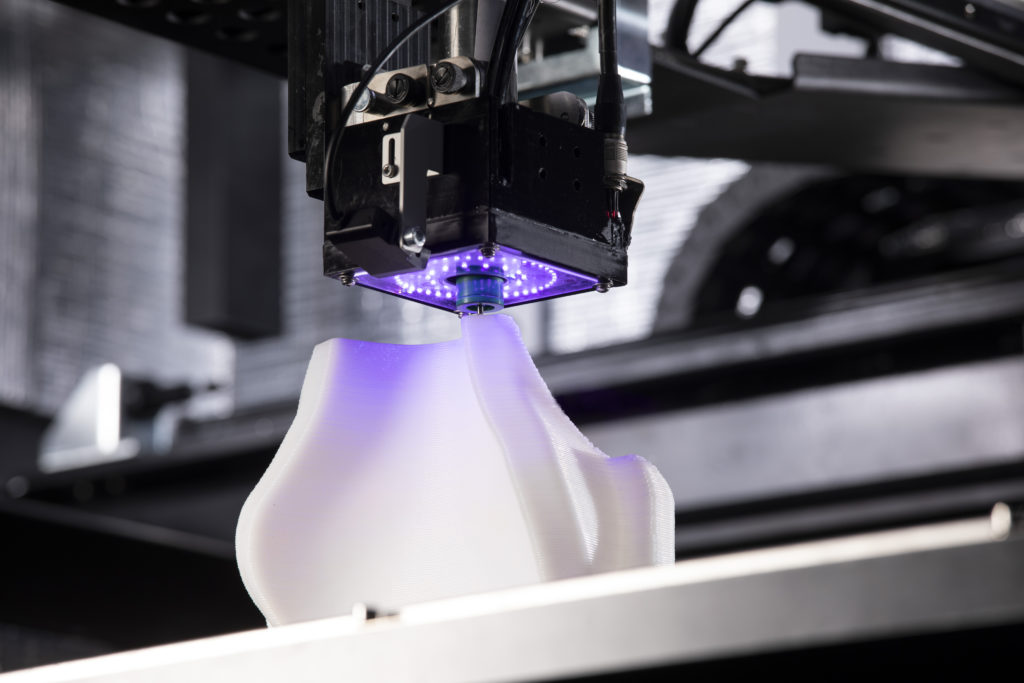
Massivit 3D printers eschew these older, more limited techniques in favor of next-generation processes afforded by Gel Dispensing Printing (GDP) and Cast In Motion (CIM) technology.
GDP is revolutionary because it allows the production of completely hollow, large parts without the need for infill which is a major advantage for a number of industries – especially those that require lightweight builds or hermetically-sealed tanks, such as the marine, aerospace, and automotive sectors.
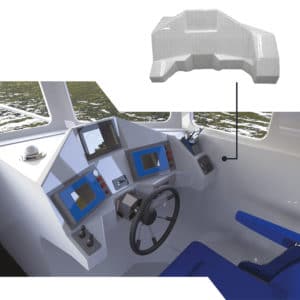
Furthermore, GDP is significantly faster than both FDM/FFF and SLS, in part because the associated Dimengel material cures instantly as it is dispensed. This makes GDP a much better choice for professionals who need the accuracy of their builds to be precise and would prefer not to wait weeks for them to finish printing.
While TPU filament will continue to play a significant role in additive manufacturing in the near term, it clearly will need to make room for other more advanced materials too. The true possibilities of 3D printing are continuing to evolve, and so will the materials that support this next generation of additive manufacturing.



